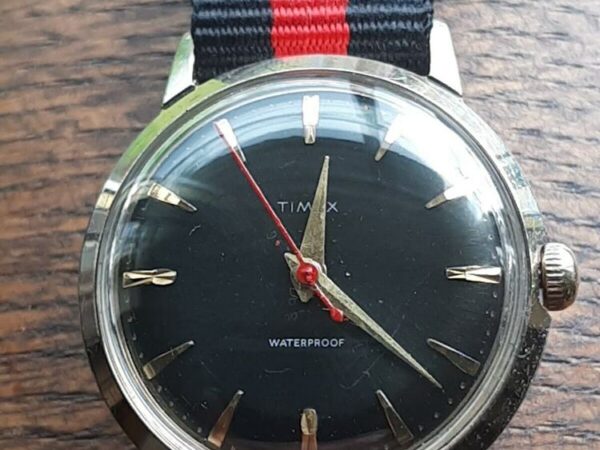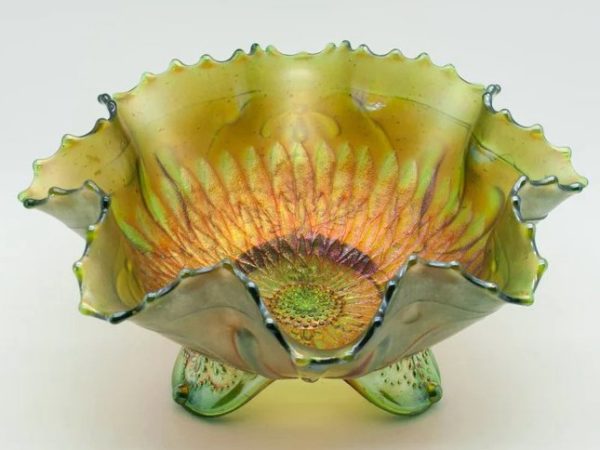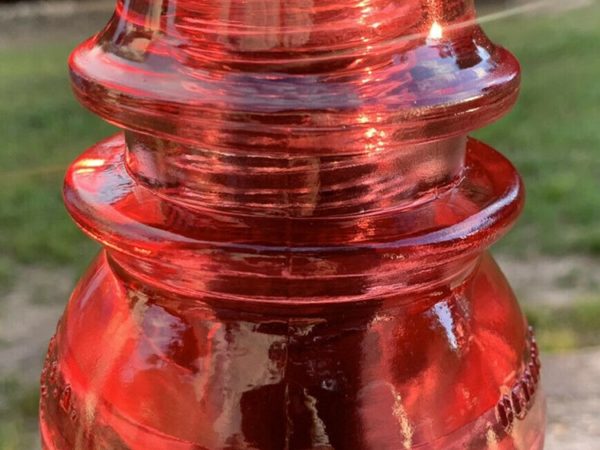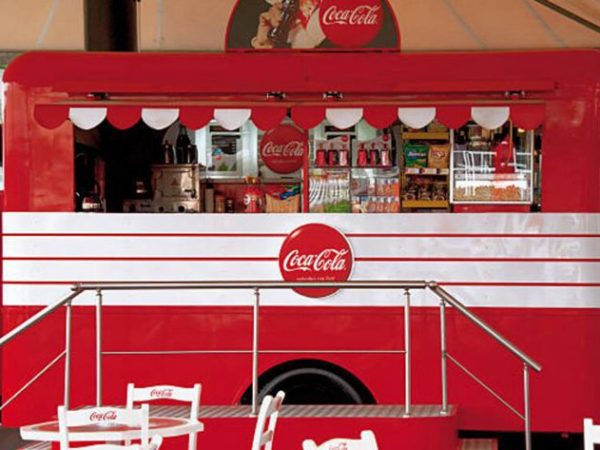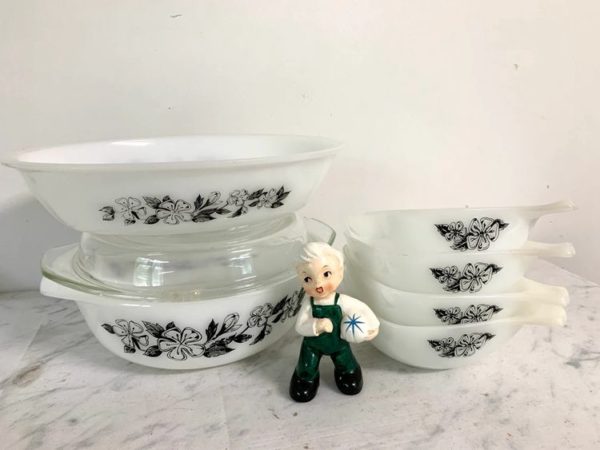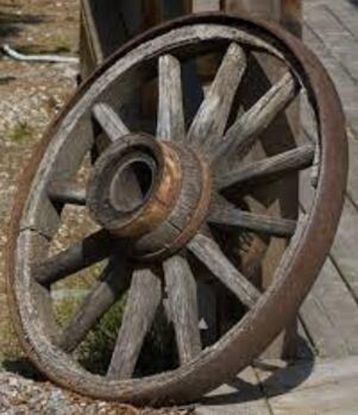
The 19th and part of the 20th century saw antique wagon wheel-driven cars become the craze. We can’t ignore how significant these were in advancing the transportation system and so we understand why anyone would care for antique wagon wheels. Antique wagon wheels price ranges from $100 – $500 but rare ones will definitely cost more.
This article looks heavily into the history, identification and valuation of old wagon wheels. We will look at what makes an antique wagon valuable and bring you up to speed on some of the most valuable models you can find.
Let’s get into it, shall we?
Table of Contents
A Wagon Wheel History
The wagon is said to have been used as early as the 1st century BC when they used the four-wheeled vehicle drawn by draft animals. It came with a spoked wheel and metal wheel rim as well as others featured pivoted front axles and linchpins that secured the wheels.
Knowing that the wagon has been in use for close to 2,000 years now, this vehicle evolved from transporting goods to passengers in the 9th century when they made harness and suspension developments. More people now preferred to ride in wagons over carts especially when traveling for longer distances. As opposed to carts, these vehicles were heavier with a boxlike body and smoother ride all because they came four wheeled instead of two wheeled.
There were many sizes and types of wagons and so were their wheels.
Who Invented The Wheel?
Truthfully, wheels were invented long before people kept records so we can’t say for sure who invented the wheel and when but the earliest evidence for the wheel is 4200–4000 BC and these were used for pottery in Mesopotamia. The first wheeled vehicles came about between 3500 – 3350 BC and within no time, they were being made in Asia and parts of Europe. Before road infrastructure and long before horses were domesticated, people used sleds to move huge and heavy objects from one place to another.
If you are wondering what they used to move monuments like Stonehenge with, the sledge with pig lard acting as a lubricant came through big time. The pyramids too are said to have been dragged on sleds and water poured on the sand to reduce friction.
The wheel is no doubt a wholly human invention and not a free gift from nature but you wouldn’t have doubted that, right? Two factors that played a huge role in the invention of the wheel will forever remain the domestication of large animals such as horses that could pull wheeled vehicles and road infrastructure.
The Evolution of the Wheel
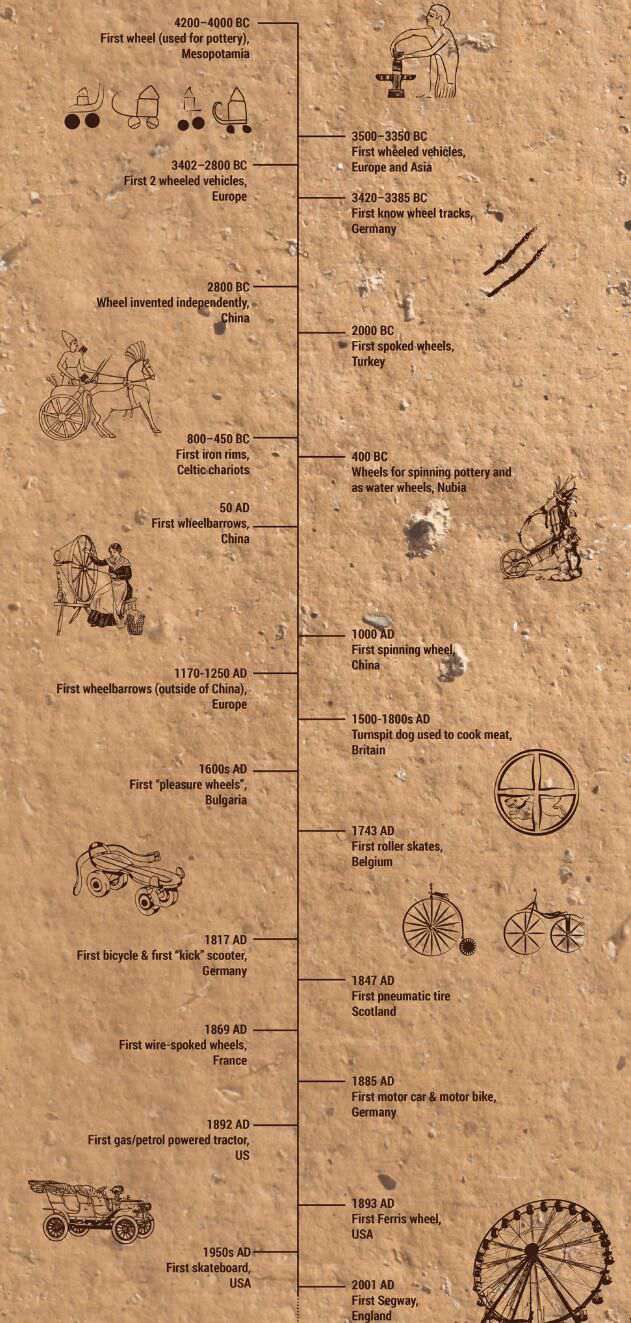
The wheel has come a long way. From when they were solid disks and sliced tree trunks to the spoked wheels era and later on the axles and tires, let’s take a look at how the wheel has evolved over the years.
Spoke Wheels
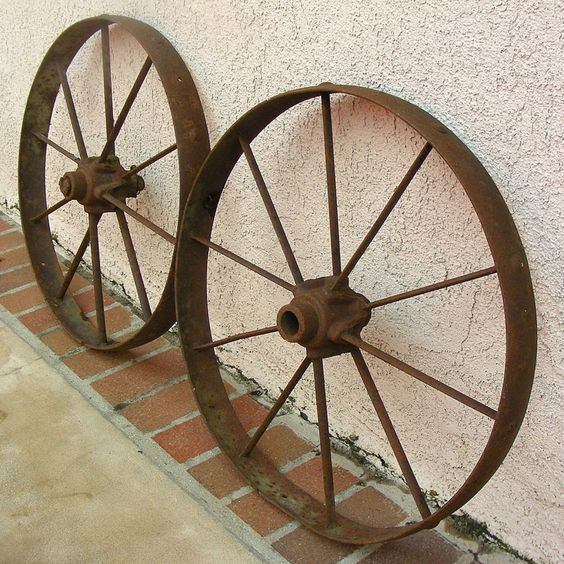
These were invented in Turkey at about 2000 BC. The Sintashta were well suited thanks to the lighter wheels from Spoke. These wheels have been found in graves dating back to 2100 – 1800 BC. It wasn’t until the 1870s that wire-spoked wheels came with the bicycle.
Axels
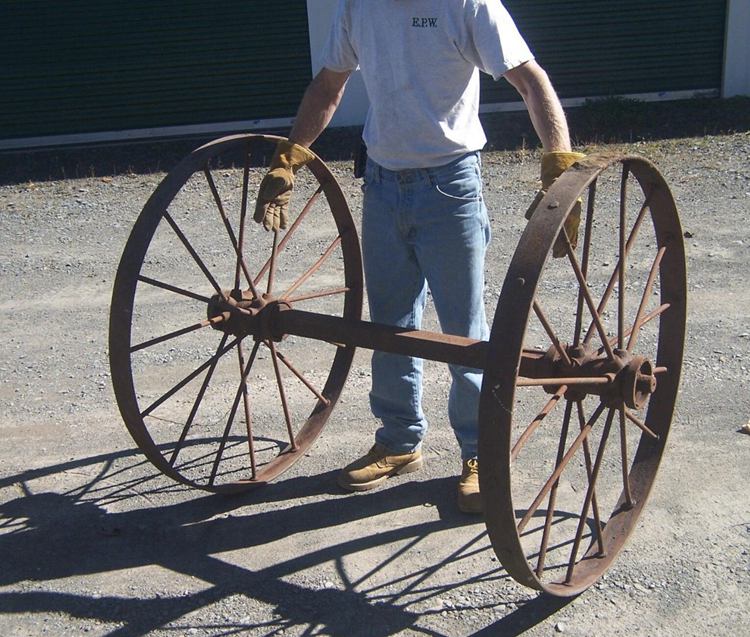
The first wheels that were made in Germany and Switzerland were fixed to a rotating axle. The wheels turned with this axle on a square mortise allowing for a smooth cornering but not for all as in some, the wheels rotated singly.
The Tire
The tire is said to have been invented by the Scots. The Celtic chariots were the first to have an iron rim around the wheels. Scottish inventor Robert William Thomson got the first patent for a pneumatic tire in 1847. John Boyd Dunlop then mass-produced the first tire the following year on May Street, after drawing inspiration from his son’s headache that showed up everytime he rode his tricycle.
Europe and Asia Wheel
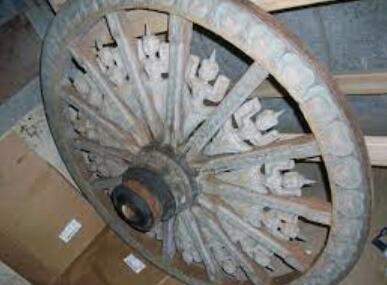
Native Americans created toys with wheels from as early as 1500 BCE. These toys were all sorts including wheel legged animals but it wasn’t until the European settlers arrived that wheels were used for transportation. This was partly because there were no domesticated animals that could pull vehicles in America just yet.
The wheel wasn’t as popular in Africa except for the north-eastern part. Egypt was especially swift to embrace the wheel as Nubians especially used the wheel as water wheels and for pottery spinning.
Wheelbarrows
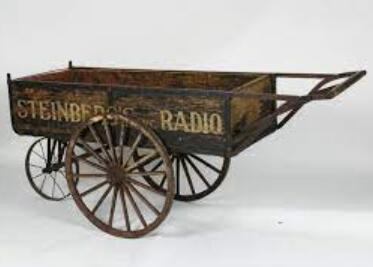
The Chinese folk law has the earliest wheelbarrow dated to the early first century. The very first wheelbarrow has its evidence in Shen Fujun’s tomb and dates to 150 AD. These first editions had a front-mounted wheel like the ones in modern wheelbarrows. Centrally mounted single wheelbarrows that could carry up to 6 people were highly sought-after in the 3rd Century AD. Some sail-powered wheelbarrows were common in China and this particular design dates to the 6th century AD. The first wheelbarrows to have been found in Europe date to around 1170-1250 AD.
The Ferris Wheel
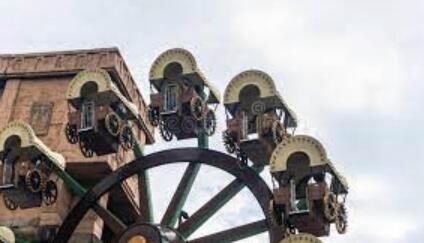
The Ferris wheel is thought to have originated in the 17th century AD in Bulgaria. This is despite George Washington Gale Ferris Jr. getting the credit for inventing the Ferris wheel for the 1893 AD Chicago World Columbian Fair. Ferris wheels were also referred to as “up and downs” or “pleasure wheels.” An interesting fact worth noting is the Ferris wheel was at first meant to rival the Eiffel Tower. It was 80.4m in diameter and is said to have carried over 2,000 people.
Hamster Wheels
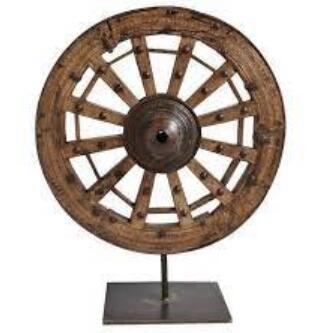
In case you weren’t aware, hamsters weren’t domesticated until the mid 1930s AD. Most animal wheels are liked for their functionality. The Turnspit dog, for instance, was a common thing to find in Britain kitchens between the 16th and 19th centuries and ensured meat cooked evenly on a spit. It was however replaced by second-rate clock jacks or spit-turning machines if you want.
While Americans didn’t invent the wheel, they get the credit for perfecting it with the classic spooked wagon wheel that had a hub and iron rim. These wheels came in different forms and shapes and were in use from the 500 BC up until the early twentieth century.
The full story of the re-launch of Wagon Wheels.
Identifying Antique Wagon Wheels
We wouldn’t be surprised if as a new collector you have no idea where to start when it comes to identification of antique wagon wheels but worry not. We have come up with a list of things to look out for if you want to correctly identify old wagon wheels.
The earliest wooden wagon wheel along with its axle were discovered in 2003 in the capital of Slovenia at the Ljubljana Marshes. With a diameter of 72 cm, the wheel was made of ash wood and its axle of oak. This wheel was used without any major changes to it up until the 1870s. Wire wheels and pneumatic tires were made during this time and an example is the wood spoked wagon wheels from the 2000 BC Andronovo culture. It is in fact said to be between the ages 5,100 and 5,350 despite it not being clear from which culture it originated.
These early wagon wheels will mostly be round solid wood disced with a center hole for the axis. Wood wagon wheels were coveted for a while seeing even Henry Ford built his car with a polished version of wood wagon wheel.
A Few More identification Tips
Look at the Material
Whenever you come across an old wagon wheel,the material should tell you the kind you are dealing with. There isn’t an antique wagon wheel that was made from rubber or plastic since they only came in wood or metal.
An Antique Wagon Wheel’s Marks
Among the first things to check on an old wagon wheel is if there are any company marks revealing their originality. The marks on an antique wagon wheel will tell you its source and whether or not it is of any quality. Most unmarked wagon wheels will mostly be reproductions or gimmicks of the original wheel. Check for a decaled logo on the wheel’s box side or at the back axle center.
Sometimes it might call for you to dampen the area where the mark is on very old wagon wheels but a collector has got to do what a collector has got to do.
Get An Appraisal
This is one of the most reliable ways of identifying antique stuff as these antique experts have the knowledge, skill and information that most collectors are in search of.
Online Guides
There are endless catalogs and publications on the internet that will come through for you when identifying old wagon wheels.
Weigh Up the Different Wagon Wheels
Oftentimes, there won’t be any marks on the numerous wagon wheels you encounter and so making comparisons is a good way to identify their differences. If you are lucky to come across wagon wheels with a similar appearance in parts or design, it will be much easier to certify the antique wagon wheel from the fake one by looking at their differences.
Find An Antique Store
While online is the new way, few things match the thrill of going into a physical antique store and checking out the old wagon wheels by yourself.
Design
Since the styles and shapes of old wagon wheels kept changing you may be able to identify those from a specific period as they’ve pretty much got the same design, with most becoming streamlined with time.
Antique Wagon Wheel Forums
Joining a local wagon wheel collectors group will ensure you get all of the access to information on these antique items. Here you can gain other enthusiast’s opinions on rare old wagon wheels.
Are Antique Wagon Wheels Worth Anything?
Antique wagon wheels made from thick, top quality and heavy quality wood go for anything between $100 and $200. Those with a metal rim go for between $150 to $200. Similar items that go for a good amount mean that an antique wagon wheel will be valued just as highly.
Old wagon wheels from the west coast are more valued than those from the east coast so location is a major determining factor for any old wagon wheel’s value.
Determining The Value Of Old Wagon Wheels
Brand
Like any product on sale, antique wagon wheels from well known brands are viewed highly and cost way more that those of less known brands.
Antique Wagon Wheel Marks
If you check the base or body of your old wagon wheel, there might be marks that corroborate the wheel’s authenticity. While not all antique wheels will have marks on their base or body, marked antique wagon wheels are favored over unmarked ones by most collectors.
Get an Appraisal
Part of the benefits of getting an appraisal is being able to get it for its deserved price because an appraiser knows what wheels cost more than others.
Condition
Antique wagon wheels that are in great condition, i.e. in their whole state with no scratches or chips will no doubt be valued more than scarred ones. Take care of your old wagon wheels by keeping them away from sharp objects especially.
Authenticity
The more original a wagon wheel is, the more value it has. You wouldn’t want to spend a hefty amount meant for a rare, authentic wagon wheel on its reproduction so confirm that it is original.
Wagon Wheel Size
Does the size of an antique wagon wheel matter? It does! A big wagon wheel will cost more than a smaller sized one as its production cost is higher and it lifts more weight than a smaller wheel.
Type of Vehicle
Yes, the type of vehicle any wheel comes from heavily influences its value with heavy duty wagon wheels costing more than their counterparts.
Accessories
Of course an old wagon wheel that still has all of its accessories intact will attract its warranted price. For this reason, always check to confirm that your antique wagon wheel has all of the parts in place.
Age
In case you are wondering if age counts for something where the value of antique wagon wheels is concerned, it does. Older antique wagon wheels that are in good condition are definitely more valuable and popular among collectors.
Individual Preference
We may spend all day and night listing all the things to look out for when in search of rare and valuable antique wagon wheels but at the end of the day, a person’s preference will often override all if not most of the other factors.
Rarity and Market Demand
Antique wagon wheels that are in high demand will cost more because that’s how business works. The forces of demand and supply function in a way that if an item is not easy to come by, it will cost a tad more than similar ones with lesser demand.
Online Price Guides and Value Lists
There are numerous trusted online sites where a collector might consider checking the current price of an antique wagon wheel by comparing them with listed or already sold items.
Buying and Selling Antique Wagon Wheels
Online
You bet we’d start with this one because is there a better experience than making purchases from the comfort of your couch or bed? We doubt it! It’s not always that a collector is excited about going on a physical hunt for antiques. During those days, platforms such as eBay, Amazon, Etsy, 1stDibs, and Chairish should come through.
These online platforms are easy to navigate and have filters that help make the search easier and quicker.
Antique Stores
Antique stores are a well of fortune and avid collectors will tell you this for free. These shops are one-stop shops for all antiques and old wagon wheels usually have a corner home in there.
Auctions
Another place where you can get genuine antique wagon wheels is at auctions. Previous wagon wheel owners will sell their limited-edition wagon wheels and collectors place such competitive bids on them.
Flea Markets
Most of the stuff you will find in flea markets is older and cheaper so why not start here? These markets are usually characterized by numerous antique items of the same kind including wagon wheels.
Thrift Shops
All items from thrift shops are pre owned and that’s why they are called thrift shops but that doesn’t mean they weren’t pre loved. Also, one need not worry about the quality as quality control is a vital part of running an antique thrift shop.
Wagon Wheel Restoration.
Conclusion
Antique wagon wheels have been around for so long and their identification and value is pegged on factors such as the brand, type and design. The heavier an old wagon wheel is, the more valuable it is likely to be.
Now that you have all of this information and tips you might need on the history, identification, valuation and restoration of antique wagon wheels, would you confidently choose your first or next valuable old wagon wheel? We think so but do let us know if this is the case.
If you have any questions regarding these antique pieces, feel free to shoot as well.

